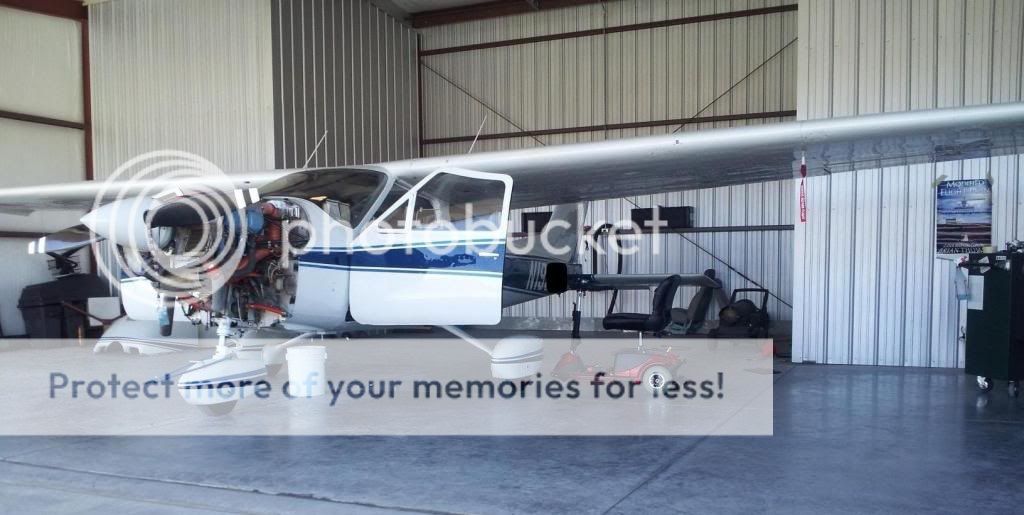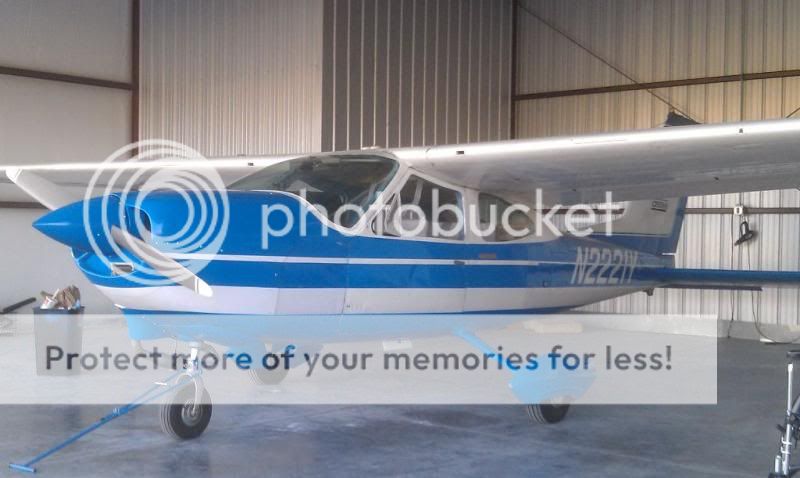These guys probably also haven't seen Cessna's pricing on parts go through the roof, nor the article about why in the CPA magazine a month or so ago.
Basically Cessna raised prices on parts to match the price to build an entire new aircraft at today's new aircraft prices after a recent change in upper management to former GE execs.
No more losing money on engineering development in the parts department allowed. ALL parts production costs will be rolled into the parts for the smaller aircraft which former execs considered a loss-leader to help the aviation training industry along, assuming those being trained in Cessnas might have some brand loyalty when it came time to buy new someday, whether prop-singles or jets.
New management is about the numbers. Examples given in the CPA article showed 1000's of percent increases on certain parts In the last few years. The trend is expected to continue.
Sent from my iPad using
Tapatalk

 flying is expensive enough...
flying is expensive enough...

